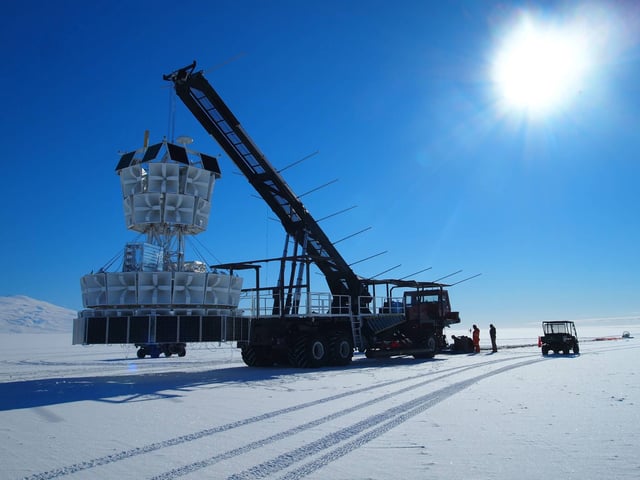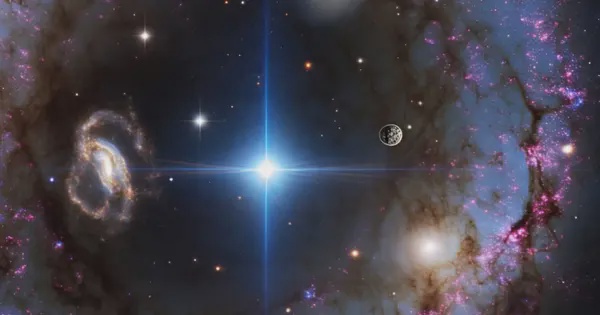Overview
- The ANITA experiment recorded radio pulses emerging at about 30 degrees below the ice surface, a trajectory that defies expectations for neutrino-induced emissions.
- Calculations show the signals would have traversed thousands of kilometers of rock—matter that should have absorbed any radio waves—before resurfacing beneath the payload.
- Researchers ran extensive simulations and cross-checked data with IceCube and the Pierre Auger Observatory, finding no matching events and effectively ruling out known neutrino sources.
- The unexplained nature of the signals has prompted consideration of novel particle physics phenomena or previously unknown radio propagation effects near the ice horizon.
- A next-generation balloon-borne array called PUEO, featuring a larger antenna network and improved sensitivity, is under development to capture more of these upward-moving pulses and clarify their origin.



